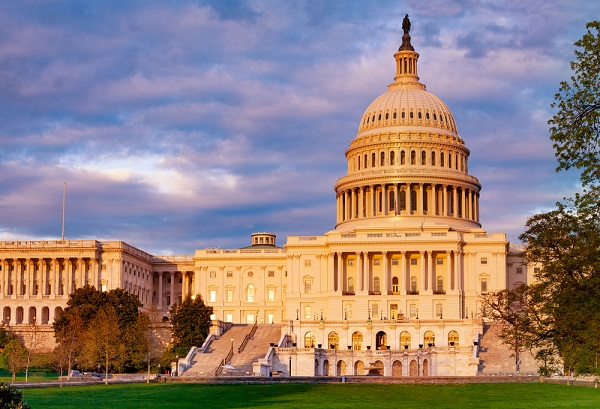Build Back Better Package Moves to Senate
Advocacy efforts by the Big “I” proved successful on many fronts and several damaging provisions have been dropped from the legislation.
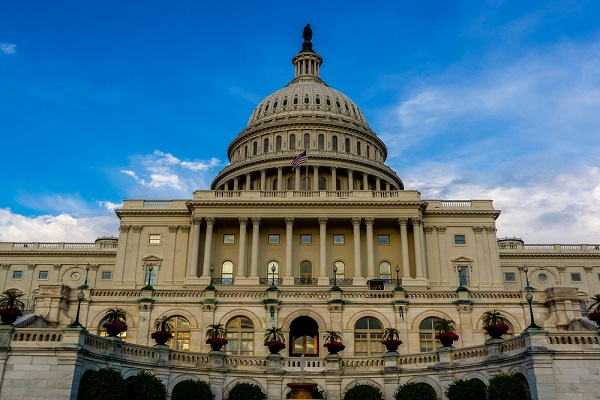
Advocacy efforts by the Big “I” proved successful on many fronts and several damaging provisions have been dropped from the legislation.

New compensation disclosure requirements for health insurance agents and brokers will take effect Dec. 27. Have you read the memo for updates?

Unlike the previous version of PRIA, this legislation would require insurers to make available in all their property and casualty insurance policies coverage for insured losses due to covered public health emergencies.
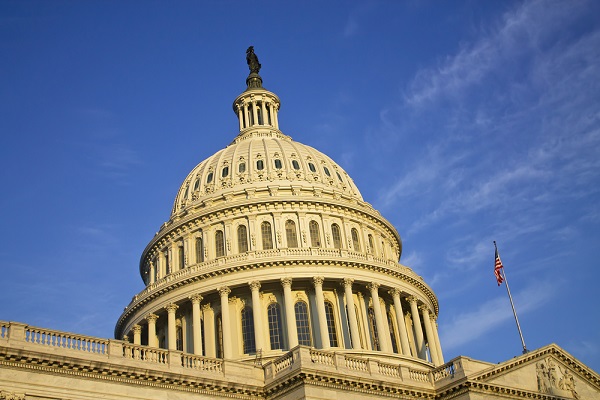
The Big “I” successfully advocated to remove several damaging provisions, including a cap on the 20% small business deduction and tax rate increases that would have impacted Big “I” members organized as pass-through businesses.
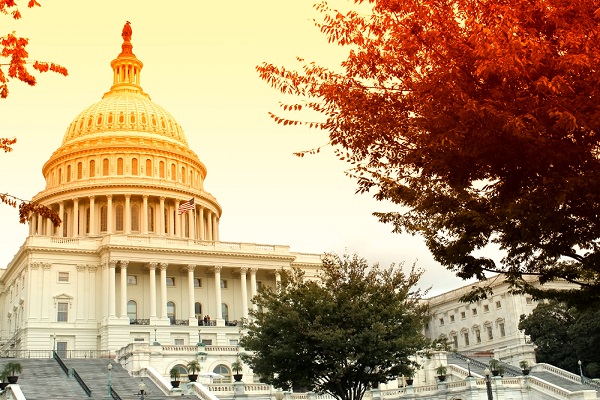
The legislation to extend the National Flood Insurance Program (NFIP) includes several controversial items, such as capping Write-Your-Own (WYO) compensation at 22.46% of written premiums.

While the framework is light on specifics, it does highlight how Democrats plan to raise revenue to pay for the party’s proposed $1.75 trillion social spending package.

The proposal would require financial institutions and other financial services providers to track and submit information on the inflows and outflows of every account above a de minimis threshold of $10,000 during the year.
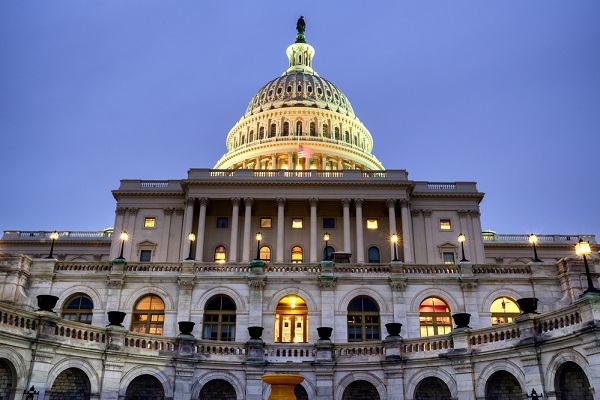
The three bills introduced today aim at reforming the National Flood Insurance Program (NFIP) with the intention of growing the private market.
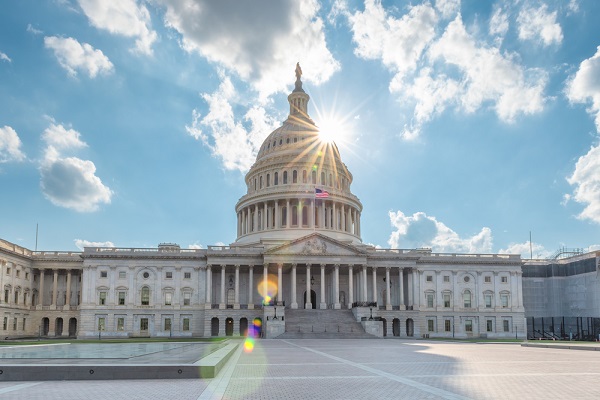
Training webinars for Risk Rating 2.0, FEMA’s new pricing methodology for the National Flood Insurance Program (NFIP), are free for agents.

If passed, the legislation would reauthorize the National Flood Insurance Program (NFIP) through Dec. 3.
